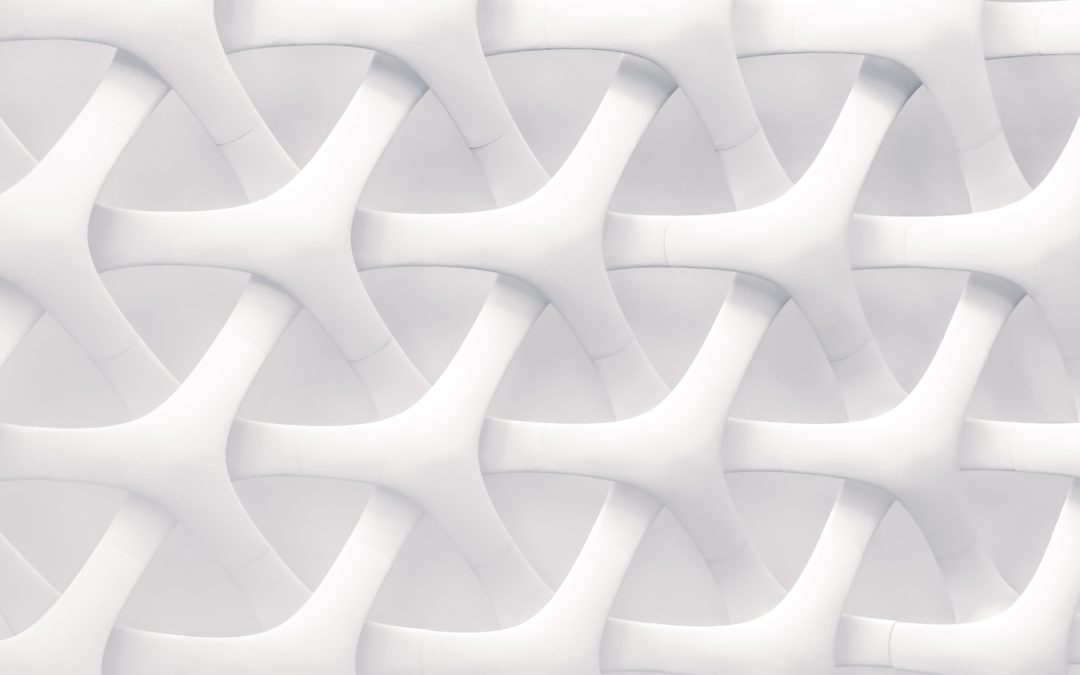The Fascial Manipulation Method is a cycle of articles dedicated to the understanding of themost common dysfunctions we meet during our clinical practice, specifically theirmanifestation and treatment with Fascial Manipulation. FM specialists report clinical cases,accurately describing their symptomatology, the chosen work plan and the resultsobtained, thanks to the treatment. For privacy reasons, the names of the patients have been changed.
The patient comes for a second visit after reporting urinary problems at the end of the first session held for a pain in the wrist, 49-year-old male subject. In remote anamnesis, the patient had, in 1992, a fibula tibia fracture with stump misalignment in his left leg.
He suffers from urinary dysfunction that began after a simple appendectomy in 2009 without complications. In 2010 he underwent a cholecystectomy. In 2006 he did ligation of haemorrhoids, while in 2016 he underwent incision in the prostate neck with laser. Urinary symptoms strongly increased in 2012 following a slight effort. The urological examination finds a prostatic hypertrophy probably following prostatitis.
The patient has since then reported nocturia (he must get up once at night, greatly aggravating his insomnia) with a concomitant partial erection that makes urination more difficult. During the day he suffers from urgent urination that occurs approximately every hour. The patient considers the symptomatic picture so debilitating that he is on the waiting list for a prostate resection.
On the motor verification there are no motor limitations in the region of the fracture, indeed the right ankle has a limitation to the upper subversion of the left. The mobility of the lumbar spine is almost preserved.
We move on to the palpation of the front trunk catenaries that show a clear prevalence of the Latero-lateral tensive line (an-la-pv2 dx***, an-la-pv2 sx*, an-la-lu2 dx*). The palpation of the posterior catenary of the trunk does not give particular information. We decided to treat the latero-lateral line and to palpate the hinge and distal points. Surprisingly it turns out slightly positive only an-la-ta1 dx*. During the treatment of the points an-la-pv and an-la-lu the patient reports a sensation of imperious urination that gradually disappears as the densification disappears. At the end of the treatment the subject gets up, reports a feeling of lightness, even if mixed with tenderness in the abdomen.
After 15 days, the patient returns for a check, for an accentuation of the pain in the right wrist. He reports a general improvement of the symptoms also on other apparatuses. Now, after meals, diarrheal discharges no longer occur within 30 minutes. Now defecation is controlled with a frequency of 1 or 2 times a day. He reports a decreased difficulty in starting urination during the day by about 40-50%. Moreover, the sensation of “swelling” at the level of the lower abdomen and the urgency in urinating has decreased. Now every 2-3 hours he goes to urinate without urgency and no longer has to get up at night for nocturia. Concurrently, no semi-erection occurred during urination.
The abdomen is palpated again and the patient immediately reports the absence of the sensation of urination urgency that he felt during treatment in the previous session.

